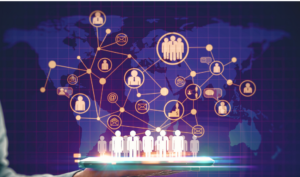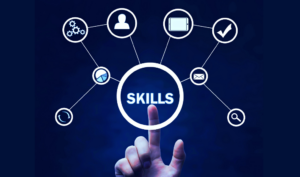
We Really Need a Better Approach to Talent and Skills
For more than two decades, we have lived with this sensibility and reality that we allocate most, if not all, of our corporate attention to

For more than two decades, we have lived with this sensibility and reality that we allocate most, if not all, of our corporate attention to

The days of HR focusing solely on personnel management and administrative duties are long gone. Now, as organizations step fully into the digital era, the

Sponsored by Workleap Officevibe In most organizations, the human resources team is a primary point of contact throughout the employee journey. From the very first

Productivity metrics were essential 100 years ago, during the manufacturing age. At that time, organizations measured success with metrics like hours worked, revenue per employee,

With so many interesting new HR tools available lately, are you wondering if more modern HR analytics could improve your workforce planning capabilities? In a

In recent years, employee experience has taken center stage as a primary indicator of organizational success. As a result, HR and business leaders increasingly want to

As artificial intelligence becomes more deeply embedded in everyday workflows, it is rapidly transforming the way businesses operate. For example, the recent rise of generative

Sponsored by Learnsoft The Skills Gap is Growing. So is Pressure on L&D Demand for skilled employees seems limitless. Modern technology and automation are displacing

Sponsored by Reejig Countless HR tools, applications, and platforms now rely on artificial intelligence in some form. Users may not even notice that AI is

Sponsored by: Cristaux International Kids are known for complaining when things aren’t fair. Although professional adults may not be as obvious as children, they do

How often do you think organizations use talent analytics today? More often than you may think. We know everyone talks about data. Whether you’re figuring